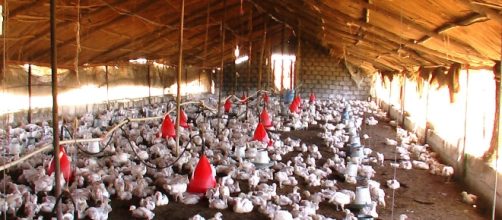On August 11, 2017, the Philippines was hit by Bird Flu. The Department Of Agriculture immediately responded by processing samples of the affected flocks and sending them to the laboratories. However, they only identified the H-subtype of the strain. To determine whether the strain was transmissible to humans or not, the partner sub type had to be identified. For this, they sent samples to the Australian Animal Health Laboratory and results confirmed that the strain is positive for the N6-subtype.
Should people worry?
During a briefing, the head of the DA-Bureau of Animal Industry's animal disease and control division (Arlene Vytiaco) said “H5N6 is one of the strains that could be transmitted to humans.
With this strain, it causes low morbidity, which is the infection and transmission, and an even lower mortality or death rate among humans". With that said, the disease can be transmitted to humans but is not as deadly as the H5N1 strain that hit Asia in 2004 that has 58% mortality rate. Although the disease is not as deadly and transmissible as H5N1, people are still advised to be cautious. Any flu-like symptoms should be addressed immediately especially within the affected areas in Pampanga and Nueva Ecija.
For now, the DA- Bureau of Animal Industry is doing everything to confine the disease and avoid spread. Quarantines and flock eradication programs are ongoing. Affected flocks will be eradicated and the cages will be disinfected and rested before new stocks are placed.
“We are doing everything to contain it, the fact that it did not further spread to other areas is a sign that we were able to contain. But, we cannot be complacent and we have to complete the protocols before declaring that we are free from it,” Vytiaco said.
What are the symptoms and how can humans contract the disease?
Transmission of the disease is via direct contact with contaminated materials or secretions. As Dr. Arlene Vytiaco said in her statement, “Once it had a contact with your hand and body then say you accidentally scratch your eyes, there is a port of entry already. It can also be through the contaminated materials that can be sources of infection”. The dried dung of infected poultry can also be inhaled as dust and in turn, transmit the disease to humans.
Susceptible people are flockmen, veterinarians, and people who are directly involved with poultry.
The symptoms of the disease resemble ordinary human influenza. This includes a cough, cold, fever, lack of appetite, muscle pain, among others. “We encourage that should there be early signs, they should go to the nearest DOH (Department of Health) clinics or satellite centers to have themselves checked,” Vytiaco said.


